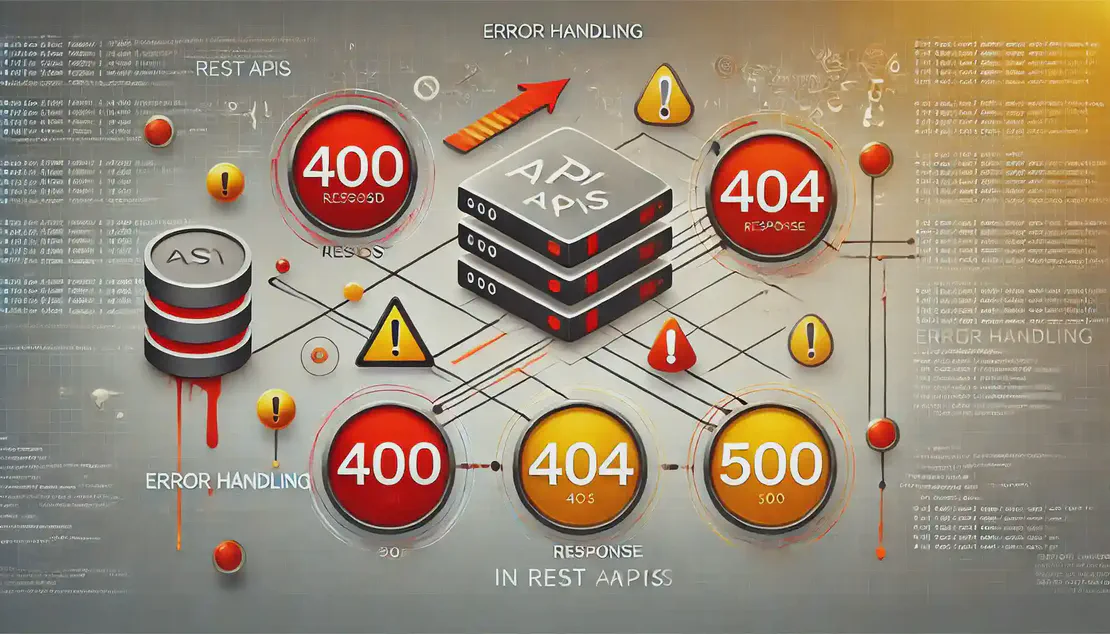
Best Practices for REST API Error Handling
- Vipul Kumar
- Rest , API , Webdev
- December 12, 2024
Table of Contents
📜 Consistent Structure — Ensure that error responses follow a consistent structure across all API requests to make them predictable and easier to handle.
📝 Descriptive Messages — Use clear and descriptive error messages that help the API consumer understand the issue and how to resolve it.
🔒 Avoid Sensitive Data — Do not include sensitive information in error messages to prevent security vulnerabilities.
📚 Document Errors — Provide comprehensive documentation of common errors, including error codes and possible solutions, to assist developers in troubleshooting.
📊 Implement Logging — Use logging and monitoring to trace API interactions and debug errors effectively, often including parameters like requestId and timestamp in error responses.
Server-Side Practices
🔄 Idempotent Responses — Ensure that error responses are idempotent, meaning they can be repeated without causing different outcomes.
🔍 Detailed Error Codes — Use specific HTTP status codes to indicate the type of error, such as 404 for not found or 500 for server errors.
🛡️ Security Considerations — Avoid exposing internal server details in error messages to protect against potential attacks.
📈 Monitoring Tools — Utilize tools for monitoring API performance and error rates to proactively address issues.
🗂️ Error Categorization — Categorize errors to help developers quickly identify and address the root cause.
Client-Side Practices
🔄 Retry Logic — Implement retry mechanisms for transient errors to improve reliability.
📡 Network Error Handling — Handle network-related errors gracefully, providing users with meaningful feedback.
🛠️ Debugging Tools — Use debugging tools to capture and analyze error responses for better troubleshooting.
🔔 User Notifications — Inform users of errors in a user-friendly manner, suggesting possible actions.
📊 Analytics Integration — Integrate analytics to track error occurrences and user impact.
Spring Boot Error Handling
⚙️ @ExceptionHandler — Use the @ExceptionHandler annotation to define custom error-handling logic for specific exceptions.
🛠️ Global Exception Handling — Implement global exception handlers to manage errors across the entire application.
📜 Custom Error Responses — Create custom error responses to provide more meaningful feedback to API consumers.
🔄 Default Error Handling — Understand and customize Spring Boot’s default error-handling mechanisms.
🔍 Detailed Error Logs — Ensure detailed error logs are available for debugging and auditing purposes.
Read On LinkedIn | WhatsApp | Dev TO | Medium
Follow me on: LinkedIn | WhatsApp | Medium | Dev.to | Github

